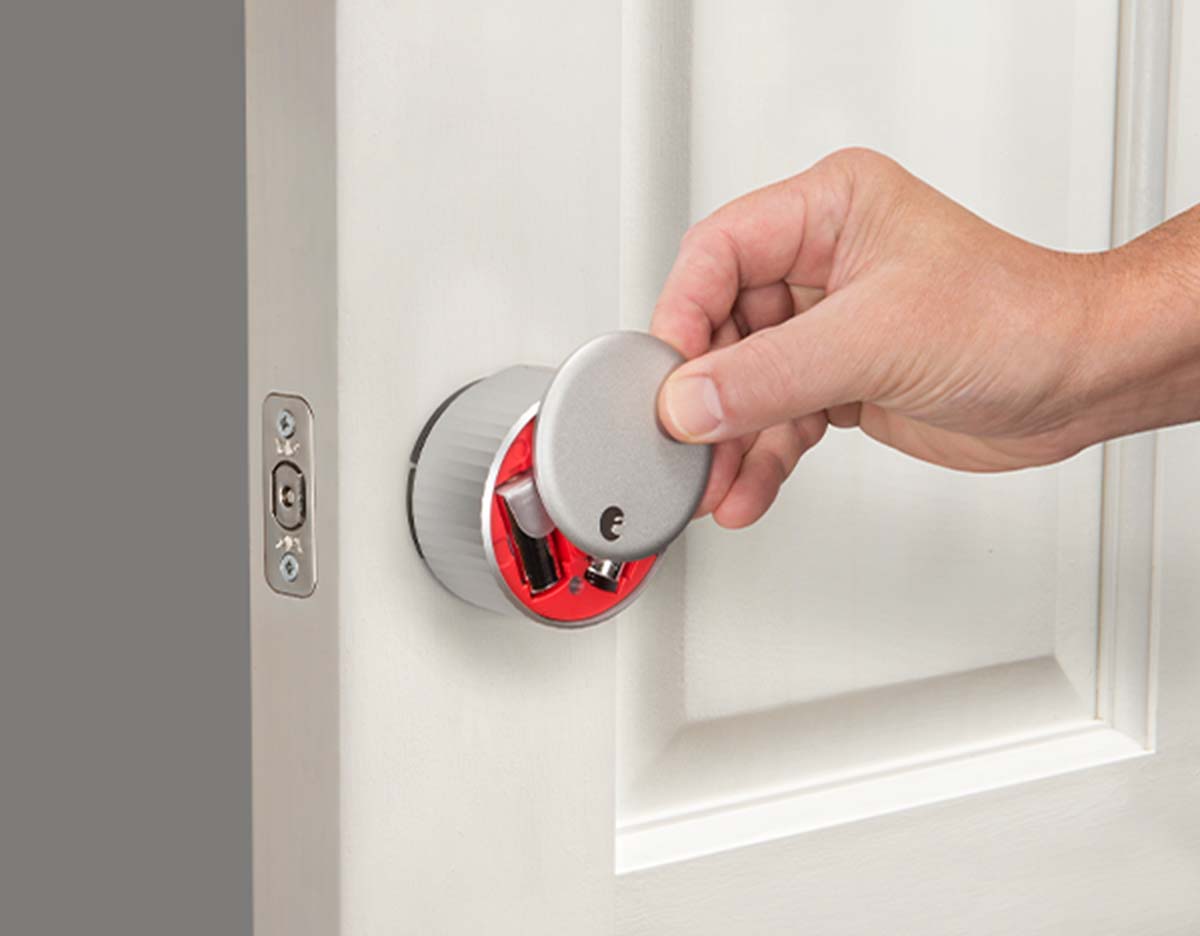
What are the Limitations of Using Smart Technologies in Home Environment?: Understanding the Challenges
The limitations of using smart technologies in the home environment include privacy concerns and potential security vulnerabilities. As more devices become interconnected, the risk of data breaches and hacking increases.
Additionally, reliance on technology may lead to a loss of manual skills and over-dependence on automated systems, potentially impacting problem-solving abilities and critical thinking. Moreover, the cost of implementing and maintaining smart home technologies can be prohibitive for some individuals.
Despite these limitations, smart technologies offer convenience, energy efficiency, and improved quality of life. As the technology continues to evolve, addressing these limitations will be crucial in maximizing the benefits of smart home systems.
Introduction To Smart Home Technologies
The Rise Of The Smart Home
Smart home technologies have witnessed a rapid surge in popularity in recent years. The rise of smart homes can be attributed to the convenience and efficiency they offer to homeowners. From voice-controlled assistants to automated lighting and security systems, the integration of smart technologies has transformed traditional houses into modern, connected living spaces.
Key Components Of Smart Home Systems
Smart home systems consist of several key components that work together to create an interconnected environment. These components include smart thermostats, security cameras, motion sensors, smart locks, and smart appliances. The seamless integration of these components allows homeowners to remotely monitor and control various aspects of their home, enhancing both convenience and security.
Privacy Concerns With Smart Devices
Smart devices in homes raise privacy concerns due to limitations in data security and potential hacking risks. Users must be cautious about the collection and storage of personal information by these devices, and the potential for unauthorized access to sensitive data.
Data Collection And Surveillance
Smart devices in homes can collect personal data without user consent. They may track activities and behaviors, leading to privacy risks.Potential For Data Breaches
Smart devices are vulnerable to hacking and cyber attacks. Data breaches can expose sensitive information to malicious actors.Technical Challenges And Reliability
Connectivity Issues
One of the primary limitations of using smart technologies in the home environment is the connectivity issues that can arise. Devices often rely on a stable and robust network connection to function effectively, and any disruptions in this connectivity can lead to malfunctions or inoperability.
Dependence On Power And Internet
Another significant challenge is the dependence on power and internet. Smart devices are reliant on a constant power supply, and any outages can render them useless. Similarly, without a reliable internet connection, the functionality of these devices is severely compromised, impacting their overall reliability.

Credit: www.sciencedirect.com
Compatibility And Interoperability
Using smart technologies in the home environment may come with limitations in terms of compatibility and interoperability. Different devices and systems may not always work seamlessly together, leading to potential issues with connectivity and communication. This can result in a fragmented and less efficient smart home experience.
As smart technologies continue to penetrate homes across the world, compatibility and interoperability have become two significant limitations of their use. With smart devices coming from different manufacturers and running on different software platforms, it is often challenging to ensure that all devices work together seamlessly.Brand Ecosystem Lock-in
One of the biggest challenges of smart home technology is brand ecosystem lock-in. Once a consumer invests in a particular brand of smart devices, it can be challenging to integrate devices from other brands. This is because different manufacturers often use proprietary technologies that only work with devices from their own brand. As a result, consumers can find themselves locked into a particular brand ecosystem, limiting their choices and flexibility.Cross-device Communication Hurdles
Another limitation of smart home technology is cross-device communication hurdles. Despite efforts to standardize communication protocols, different devices often use different communication standards, making it difficult for them to communicate with each other. This can result in devices not responding to each other or not being able to work together as part of a larger system. In conclusion, while smart home technology has made our lives more convenient and efficient, compatibility and interoperability remain significant limitations. To fully realize the potential of smart home technology, manufacturers need to work together to standardize communication protocols and ensure that devices from different brands can work together seamlessly.Security Vulnerabilities
The integration of smart technologies in the home environment brings convenience and efficiency, but it also introduces security vulnerabilities that homeowners should be aware of. These vulnerabilities can manifest in various ways, including hacking risks and physical security implications.
Hacking Risks
Smart home devices are susceptible to hacking, potentially allowing unauthorized access to personal information and sensitive data. Hackers can exploit vulnerabilities in these devices, gaining control over security cameras, smart locks, and other connected systems. This can compromise the privacy and safety of the household.
Physical Security Implications
While focusing on digital security, it’s crucial not to overlook the physical security implications of smart technologies. For instance, if a hacker gains access to the smart lock system, they could potentially unlock doors remotely, posing a direct threat to the physical safety of the residents. This highlights the importance of safeguarding both digital and physical security aspects in a smart home setup.

Credit: www.wired.com
Economic Considerations
Economic considerations play a significant role in determining the viability of smart technologies in home environments. Limitations may arise due to high initial costs, ongoing maintenance expenses, and the need for specialized technical support. These factors can impact the affordability and accessibility of smart home solutions for many households.
Initial Setup And Maintenance Costs
Smart home technology is becoming increasingly popular among homeowners as it offers a more convenient and efficient lifestyle. However, the initial setup and maintenance costs can be quite expensive, which may not be feasible for everyone. The cost of purchasing smart devices such as thermostats, security systems, and smart appliances can add up quickly. Additionally, the cost of hiring professionals to install and set up these devices can be significant, especially if you require complex wiring or installation. Furthermore, these devices require regular maintenance, which can add to the overall cost.Technological Obsolescence
Another limitation of using smart technologies in the home environment is the issue of technological obsolescence. As technology continues to evolve at a rapid pace, smart devices that were once cutting-edge can quickly become outdated. This means that homeowners may need to replace their devices more frequently to keep up with the latest advancements, which can be costly. Additionally, outdated devices may not be compatible with newer technology, which can limit their functionality. In conclusion, while smart home technology offers many benefits, it is important to consider the economic implications before investing in such devices. The initial setup and maintenance costs can be quite expensive, and the issue of technological obsolescence can further add to the overall cost. However, if you have the means to invest in this technology, the benefits can be significant, including increased energy efficiency, improved security, and greater convenience.User Experience And Complexity
Smart technologies in home environments face limitations due to user experience and complexity. Balancing convenience with privacy and security concerns poses challenges for seamless integration and user adoption. Striking a harmonious balance is crucial for successful smart home technology implementation.
Learning Curve For New Users
Incorporating smart technologies in the home environment can pose challenges for new users. Navigating complex systems and interfaces may require time and effort. Users must invest in understanding how to operate various devices, applications, and integrations. The learning curve can be steep for those unfamiliar with technology.Overreliance On Technology
One limitation of smart technologies in the home is the potential for overreliance on these systems. Users may become dependent on technology for basic tasks. This can lead to issues when systems fail or experience technical difficulties. Balancing reliance on technology with traditional methods is essential.Environmental Impact And Sustainability
When it comes to smart technologies in the home environment, there are several limitations to consider, particularly in terms of environmental impact and sustainability. As our reliance on smart devices and gadgets continues to grow, it’s crucial to acknowledge the potential drawbacks they pose in terms of energy consumption and e-waste management.
Energy Consumption Of Smart Devices
Smart devices such as voice assistants, smart thermostats, and security cameras contribute to an increase in household energy consumption. These devices are constantly connected and often operate in standby mode, consuming energy even when not in use. This continuous power consumption not only adds to electricity bills but also places a burden on energy resources.
E-waste Management Challenges
The rapid evolution of smart technologies leads to a higher turnover of electronic devices, resulting in a surge of electronic waste (e-waste). Disposal of obsolete smart devices raises concerns about proper e-waste management. Many electronic gadgets contain hazardous materials that can pollute the environment if not disposed of responsibly. The challenge lies in finding sustainable solutions for recycling and proper disposal of e-waste.
Legal And Ethical Implications
Smart technologies in home environments raise legal and ethical implications due to privacy concerns and data security. Limitations arise from potential misuse of personal information and surveillance, highlighting the need for regulations to protect individuals from infringements on their rights and freedoms.
Balancing innovation with ethical considerations is crucial in this evolving landscape.
Legal and ethical considerations are crucial when utilizing smart technologies at home.Regulatory Compliance Issues
Smart home devices must adhere to data protection regulations. Users’ privacy rights need to be respected at all times. Compliance with local, national, and international laws is essential.Ethical Dilemmas In Automation
Automated decisions may raise moral concerns. Ethical guidelines should be established for AI-driven systems. Issues like bias in algorithms need to be addressed proactively.Conclusion: Weighing The Pros And Cons
When considering smart technologies in homes, limitations like privacy concerns and potential security vulnerabilities arise. Balancing convenience with risks is crucial in decision-making for a safe and protected home environment.
Balancing Convenience And Concerns
When implementing smart technologies at home, it’s crucial to find a balance between convenience and potential drawbacks.
While smart devices offer ease and efficiency, they also raise privacy and security concerns.
Future Outlook On Smart Homes
The evolution of smart homes is promising, with continuous advancements in technology enhancing our living spaces.
However, addressing limitations and ensuring robust security measures will be key to shaping a safer future.

Credit: www.dmnews.com
Frequently Asked Questions
What Are The Negative Effects Of Smart Home Technology?
Smart home technology can have negative effects on privacy, security, and health. Hackers can access personal data and control devices remotely. Continuous exposure to electromagnetic radiation emitted by smart devices can cause health problems. Over-reliance on technology can also lead to physical and mental health issues.
What Are The Limitations Of Home Automation System?
The limitations of home automation systems include limited compatibility with older devices, potential security vulnerabilities, and the need for reliable internet connection. Additionally, complex installation and potential system malfunctions can also pose challenges.
What Are Some Challenges Faced By Smart Home Technologies?
Some challenges faced by smart home technologies include privacy concerns, security vulnerabilities, interoperability issues, and high costs. Additionally, user complexity and the need for reliable internet connections can pose obstacles.
What Are The Positive And Negative Aspects Of Smart Homes?
Smart homes offer convenience, comfort, and increased security. With remote access and automation, they make life easier. On the downside, privacy and security concerns arise, making them vulnerable to hacking. Additionally, they can be expensive to install, and not all devices are compatible.
Conclusion
To sum up, while smart technologies offer convenience, privacy and security concerns remain prevalent. The potential for technical glitches and dependence on internet connectivity are key limitations to consider. Striking a balance between embracing innovation and safeguarding against risks is crucial in integrating smart technologies into our homes.
